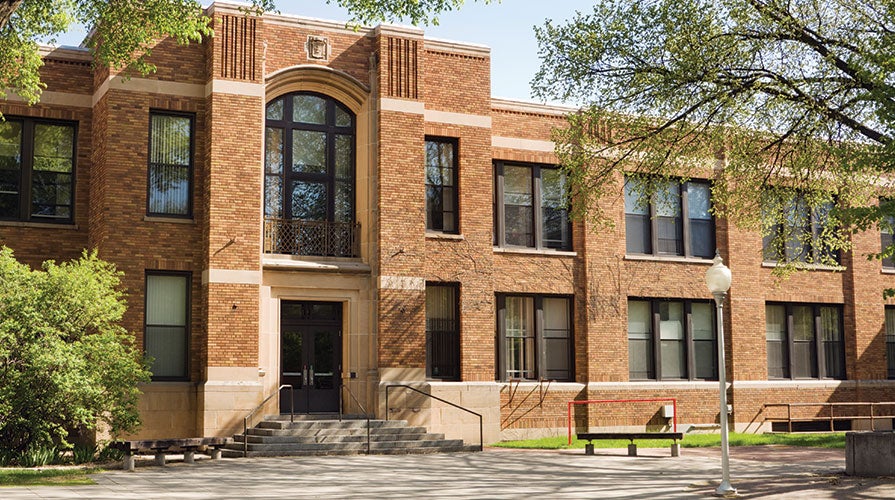Limitations on State Personal Discretionary Leave
Districts can’t restrict the purpose for which state personal discretionary leave is used, but they can place limitations on the timing and duration of the leave.
All employees are entitled to five state personal leave days, including part-time employees who work on a regular basis (e.g., bus drivers) (Texas Education Code (TEC) §22.003(a)). A day of state leave is based on the length of an employee’s workday.
State personal leave must be available for use at the beginning of the school year. Districts are prohibited from requiring an employee to earn state leave before using it and must provide an employee who is employed for the entire year with five days. State leave can only be prorated if an employee is hired after the beginning of the year or terminated during the year.
Many districts make a distinction between the type of state personal leave: nondiscretionary or discretionary. Nondiscretionary leave is for illness, emergency, or death. Discretionary leave is for personal business, vacation, or any other absence taken at the employee’s discretion that can be scheduled in advance.
Restrictions on State Personal Discretionary Leave
Districts distinguishing between the types of state personal leave will want to consider the effects of employee absences when setting restrictions. It’s important to consider the needs of district employees while also looking at how job categories and individual job responsibilities affect district functions.
The Framework for Developing Leaves and Absences Procedures, available in the HR Library (member login required), can help districts decide which provisions to include in their local leave procedures and regulations. For colleges, see The Framework for Developing Leaves and Absences Procedures - College.
Local regulation provisions might include a requirement of advanced notice and days on which leave can’t be taken. Examples of limitations on taking leave may include:
- First or last day of duty year
- Day before or after a district holiday
- Days scheduled for semester or final exams
- Days scheduled for state-mandated assessments
- Days scheduled for staff development or professional development
Communicating Leave Procedures
It’s important to ensure employees understand procedures for requesting leave and applicable limitations. HR should use a variety of methods to keep employees informed. State and local leave benefits, procedures for requesting and reporting leave, and an explanation of restrictions should be detailed in the employee handbook. Additional communication methods could include posting the information on the district website, sharing information via newsletters, and meeting with employees. Providing a leave brochure is another good communication practice. A template to create a local brochure is included in the HR Library. For colleges, use this template.
Additional Information
It’s also important to let employees know there is no limit on the year-to-year accumulation of state personal leave and it’s transferrable to other districts and education service centers (ESCs). This may deter employees from using all of their state personal leave each year and help reduce absences.
For more information on leave, see State and Federal Leave in the HR Library. For colleges, see State and Federal Leave - College.

Cheryl Hoover
Cheryl Hoover joined HR Services in 2018. She assists with staffing and HR reviews, training, and other HR projects. During Hoover’s public school career, she served as an executive director of curriculum and principal leadership, executive director of human resources, principal, assistant principal, teacher, and coach.
Hoover earned her bachelor’s degree from The University of Texas at Austin and obtained her master’s degree from Texas State University. She is a certified PHR.
HR Services

Subscribe to HRX
Stay up to date with all the latest HR news and trends by joining the HRX mailing list!





